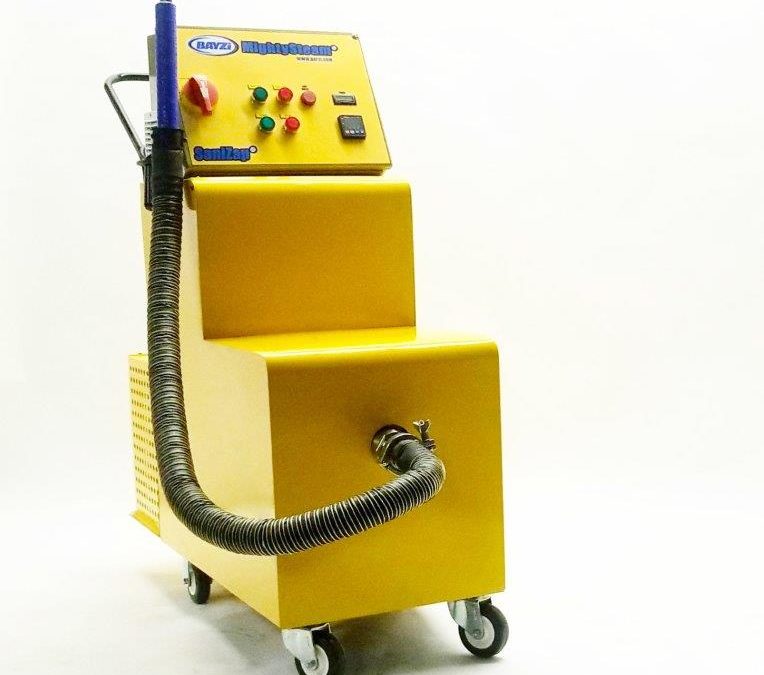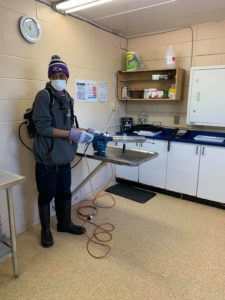A review of the duration that pathogens persist on a surfaces
Open Source article: BMC Infectious Diseases
BMC Infectious Diseases 2006, 6:130 doi:10.1186/1471-2334-6-130
This article is available from: http://www.biomedcentral.com/1471-2334/6/130
Conclusion: The most common nosocomial pathogens may well survive or persist on surfaces for
months and can thereby be a continuous source of transmission if no regular preventive surface
disinfection is performed.
Main Points: Most gram-positive bacteria, such as Enterococcus spp. (including VRE), Staphylococcus
aureus (including MRSA), or Streptococcus pyogenes, survive for months on dry surfaces. Many gram negative
species, such as Acinetobacter spp., Escherichia coli, Klebsiella spp., Pseudomonas aeruginosa,
Serratia marcescens, or Shigella spp., can also survive for months. A few others, such as Bordetella
pertussis, Haemophilus influenzae, Proteus vulgaris, or Vibrio cholerae, however, persist only for days.
Mycobacteria, including Mycobacterium tuberculosis, and spore-forming bacteria, including Clostridium
difficile, can also survive for months on surfaces. Candida albicans as the most important nosocomial
fungal pathogen can survive up to 4 months on surfaces. Persistence of other yeasts, such as
Torulopsis glabrata, was described to be similar (5 months) or shorter (Candida parapsilosis, 14 days).
Most viruses from the respiratory tract, such as corona, coxsackie, influenza, SARS or rhino virus, can
persist on surfaces for a few days. Viruses from the gastrointestinal tract, such as astrovirus, HAV,
polio- or rota virus, persist for approximately 2 months. Blood-borne viruses, such as HBV or HIV,
can persist for more than one week. Herpes viruses, such as CMV or HSV type 1 and 2, have been
shown to persist from only a few hours up to 7 days.





